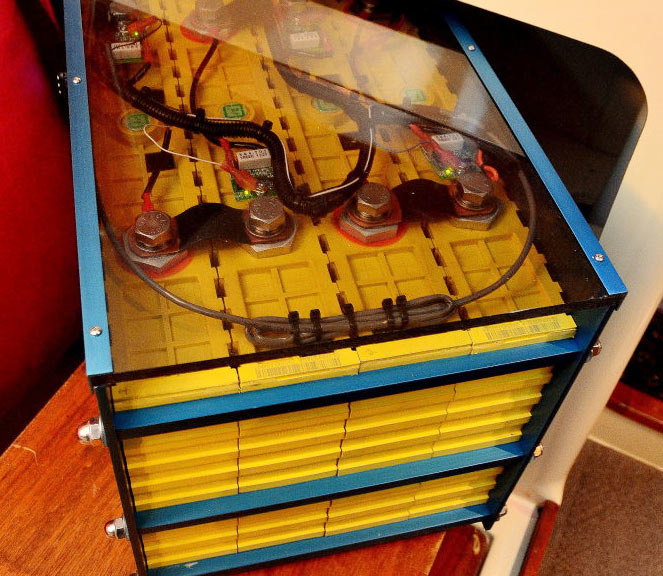It sounded to me that you were suggesting a glycol bath for the batteries.
But even if it is some other way of getting the glycol to transfer heat to the batteries, is the complexity of some sort of boiler or heat exchanger, a circulator pump, a thermostat etc. really a reasonable solution here?
My point here is that this appears to be adding a huge amount of complexity to address something that has not actually been established to be a significant issue. Again, if you are into steam punk and would enjoy doing this, go right ahead, but be cognizant of the cost/benefit analysis.
But even if it is some other way of getting the glycol to transfer heat to the batteries, is the complexity of some sort of boiler or heat exchanger, a circulator pump, a thermostat etc. really a reasonable solution here?
My point here is that this appears to be adding a huge amount of complexity to address something that has not actually been established to be a significant issue. Again, if you are into steam punk and would enjoy doing this, go right ahead, but be cognizant of the cost/benefit analysis.
Last edited:

